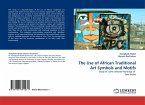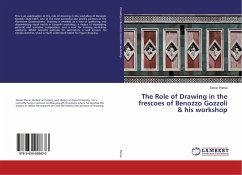Shin Yun-bok s (1758-?) satire, which pointed out the hedonistic social aspect in the capital of Joseon, constituted a blow to the noblemen s moral authority. We can see in his paintings that in the late Joseon dynasty, the ruling ideology, Confucianism, became sullied and collapsed in its faculties as both mental principles and basis for social order. Shin s genre paintings show by way of ridicule that he rejected the traditional structure of Confucian aesthetics and devalued the fixed relationship between image and text. The two significant characteristics of Shin s style of genre paintings are one icon representing two codes and leverage of ideology and mentalité. Shin s genre paintings are a meaningful landmark because they showed and established a new order of mentalité. The mentalité established in inverse proportion to that situation, however, was also not sound. Even though Shin disclosed the moral collapse by satirically criticizing the hedonistic life of the yangban class in his paintings, the very depictions expressed in Shin s works also captured the social changes and emergences of modernity. This is a significant virtue of Shin s paintings.







